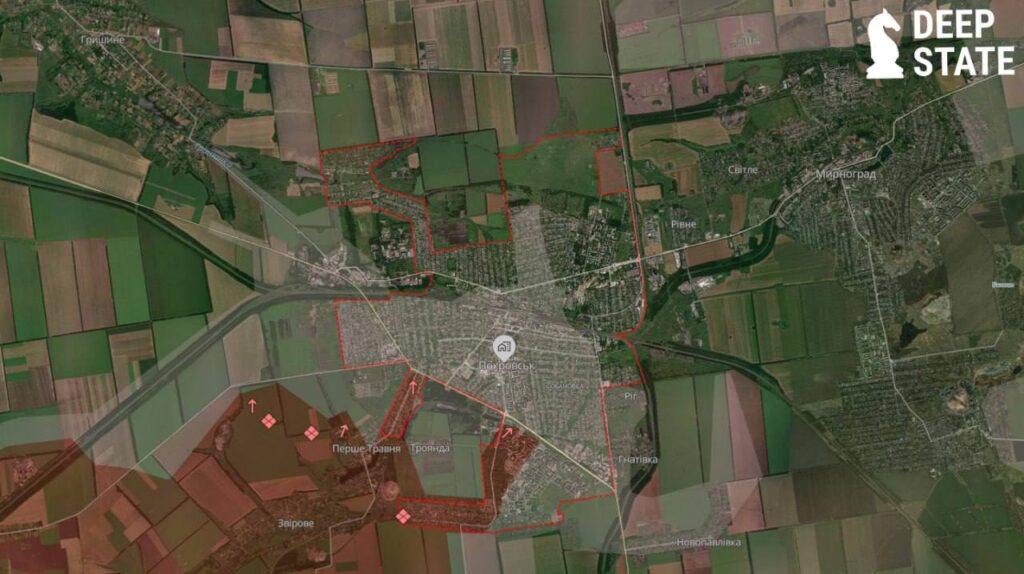ISW: Russia sends reinforcements to consolidate infiltration gains in Pokrovsk sector

Russian forces are bolstering their positions in the Pokrovsk sector with reinforcements following infiltration-based advances, according to the Institute for the Study of War. Ukrainian commanders say Russian troops have infiltrated throughout the town and are attempting to push into rear positions.
This comes amid the ongoing Russian invasion of Ukraine, with Pokrovsk in Donetsk Oblast now facing its most intense Russian assaults in the past 21 months.
Russia changes tactics to hold ground in Pokrovsk
The Russian military command is reportedly increasing its troop presence in the Pokrovsk direction. ISW assessed that this effort likely aims to consolidate gains made through earlier infiltration missions and push further into the city. Geolocated footage from 28 October shows Russian forces advancing southeast of Balahan, which lies east of Pokrovsk and Myrnohrad.
Russian military bloggers also claim that Russian troops reached the T-0515 Pokrovsk–Dobropillya highway in northeastern Pokrovsk and made progress both east and south of the town. Other reported advances include north of Novopavlivka and the seizure of parts of the Pokrovska Mine complex near Udachne, southwest of Pokrovsk.
Unusual use of armored assaults and elite troops
The Ukrainian 7th Rapid Reaction Corps reported that Russian forces conducted a platoon-sized mechanized assault near Myrnohrad at dawn on 5 November. Ukrainian defenders destroyed three vehicles. Such mechanized attacks have been rare in the Pokrovsk sector in recent months, with the only other known instances near Myrnohrad occurring on 13 and 22 October.
A Ukrainian servicemember said Russia has already carried out three troop rotations in the Pokrovsk direction in just four months due to heavy casualties. The servicemember also confirmed that Russia deployed unspecified Spetsnaz and naval infantry units to support the advance. ISW notes that this consolidation contrasts with earlier actions in the Dobropillya salient, where Russian forces failed to reinforce after initial penetration and were pushed back by Ukrainian counterattacks.

Assaults intensify across the sector
On 6 November, the Ukrainian 7th Corps stated that Russian assaults in its area of responsibility had significantly increased. In September, the average was 13 attacks per day; on 5 November alone, there were 30. The Ukrainian General Staff reported 276 combat engagements between 0800 on 10 November and 0800 on 11 November — with 100 of them taking place in the Pokrovsk sector.
A Ukrainian drone battalion commander noted that Russian troops are taking advantage of bad weather to group up and enter the town on motorcycles or buggies. He added that Russian forces are beginning to transport provisions and attempting to infiltrate northern Pokrovsk and reach Ukrainian rear positions, where drone teams and mortar crews operate.
According to the same commander, Russian troops have penetrated deep enough into Pokrovsk that Ukrainian and Russian positions are now mixed in a house-to-house configuration.
Follow Euromaidan Press on Google News! YOUR SUPPORT = OUR VOICE
